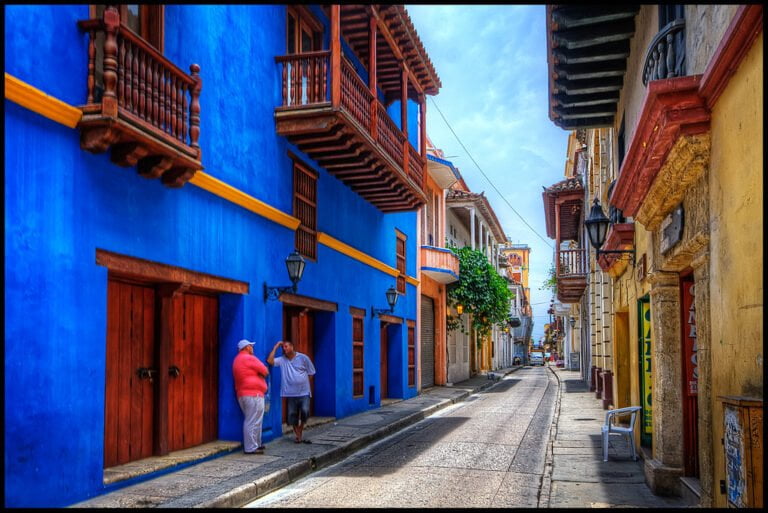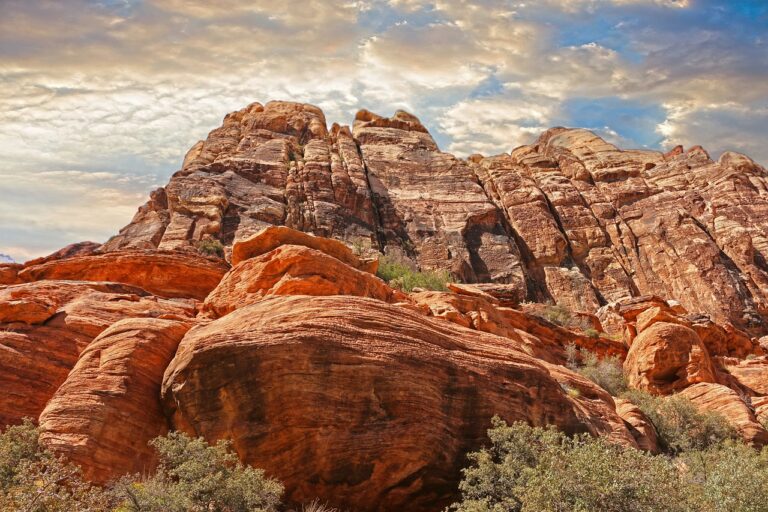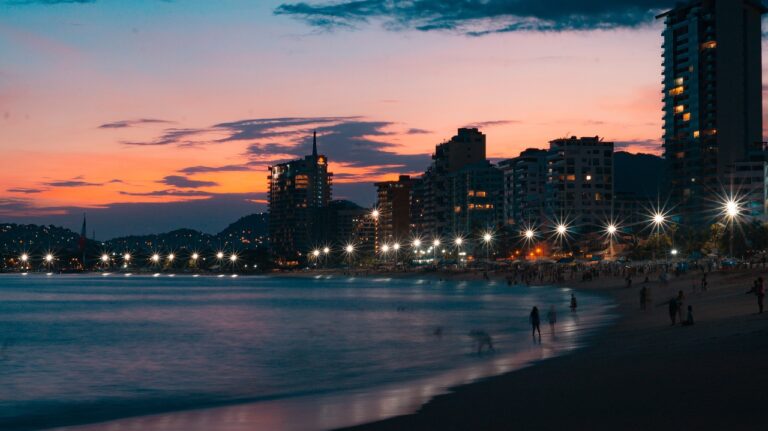When to Avoid Cambodia?
Cambodia's sweltering heat in April and May is a strong contender for when to avoid the country, with temperatures reaching 40°C (104°F) and humidity levels soaring above 80%. The rainy season from June to November brings torrential downpours, flash flooding, and muddy roads, while peak tourist season from November to March means overcrowded temples and sweaty streets. Add to that the chaos of festivals like Bonn Om Touk, and you might want to rethink your travel plans. But don't let that deter you – with the right gear and attitude, you can still have an amazing time in Cambodia.
Sweltering Heat of April and May
The blistering temperatures of April and May, dubbed the 'hot season' by locals, transform Cambodia into a steamy furnace, making even the most enthusiastic travelers question their decision to visit during this time. The scorching heat is relentless, with temperatures often reaching 40°C (104°F) and humidity levels soaring above 80%. The heat is so intense that even the simplest tasks, like walking down the street, become an endurance test. However, if you're prepared to brave the heat, you'll be rewarded with smaller crowds and lower prices on accommodations. Just remember to pack light, breathable clothing, stay hydrated, and take regular breaks in the shade. With the right mindset and preparations, you can survive – and even thrive – in Cambodia's sweltering heat.
Rainy Season Challenges
Six months of torrential downpours and flash flooding await travelers who dare to venture into Cambodia during the rainy season, which typically spans from June to November. Mud-caked roads, cancelled bus routes, and soggy shoes are just a few of the challenges that come with exploring Cambodia during this time. But don't let the rain dampen your spirits! With the right gear and a healthy dose of humor, you can still have an amazing adventure. Just be prepared for spontaneous dance parties in the rain, impromptu games of "spot the pothole," and a healthy dose of mud-based exercise. So, if you're up for a wild ride, bring your rain boots and sense of humor – Cambodia's rainy season awaits!
Flooding in Phnom Penh
Flooding in Phnom Penh transforms the city's streets into rivers, turning a typically chaotic commute into a wading adventure. During heavy rainfall, the city's drainage system can't keep up, and streets quickly become impassable. Motorbikes and tuk-tuks struggle to navigate the waterlogged roads, while pedestrians don their best "flood fashion" – think Wellington boots and ponchos. While it can be a fun and unique experience, it's essential to prioritize safety. Avoid traveling during peak flood season (usually September to November) and be prepared for potential power outages and disruptions to daily life. With some planning and flexibility, you can still enjoy Phnom Penh's charm, even in the midst of a flood. Just remember to pack your sense of adventure – and waterproof gear!
Peak Tourist Season
As the calendar flips to peak tourist season, Cambodia's popular destinations transform into a sweltering, sweaty free-for-all. The usually tranquil streets and temples are overrun with visitors, making it challenging to find a moment's peace. Meanwhile, the hot and humid weather adds an extra layer of exhaustion to an already overwhelming experience.
Crowded Streets and Temples
Frequently, during peak tourist season, Cambodia's streets and temples are transformed into chaotic scenes, where selfie-stick-wielding tourists and tuk-tuk drivers vie for space amidst the ancient ruins. The once-serene Angkor Wat complex becomes a crowded, noisy mess, making it challenging to fully appreciate the historical significance of these magnificent structures. Even the usually laid-back locals seem frazzled, trying to navigate through the throngs of visitors. If you're looking for a peaceful, contemplative experience, it's best to avoid Cambodia during peak season. Instead, consider visiting during the shoulder season (April to June or September to November), when the crowds dissipate, and the atmosphere becomes more relaxed.
Hot and Humid Weather
During peak tourist season, the mercury climbs to a sweltering 35 degrees Celsius, making the already chaotic streets and temples feel like a steamy, slow-cooked nightmare. The humidity is suffocating, turning even the shortest walks into marathon sweat-fests. If you're not prepared, the heat can quickly turn your dream vacation into a exhaustion-ridden ordeal. But fear not, intrepid travelers! A few simple precautions can make all the difference. Pack light, breathable clothing, and don't be afraid to take frequent cooling breaks in air-conditioned cafes or temples. And remember, a cool scarf and a sense of humor can go a long way in beating the Cambodian heat. With a little planning and a lot of attitude, you can survive – and even thrive – in this sweltering paradise.
Crowds and Long Queues
Why do Cambodia's most popular attractions seem to attract every traveler in the country, leaving you to wonder if it's possible to experience Angkor Wat without being surrounded by a sea of selfie-sticks? The answer lies in the peak tourist season, which coincides with the dry and cool weather from November to March. During this time, popular sites like Angkor Wat, Bayon, and Ta Prohm are flooded with tourists, making it challenging to take a decent photo or enjoy a peaceful moment. To avoid the crowds, consider visiting early in the morning or later in the evening when the sun is not as strong, and the tourists are fewer.
Water Festival Chaos
Cambodia's Water Festival, a three-day celebration in November, brings an additional layer of chaos to the already crowded streets of Siem Reap, as millions of locals and tourists alike converge to watch boat races, enjoy live music, and sample street food. If you're not a fan of massive crowds and noise, this might not be the best time to visit. Keep in mind:
- Hotel prices skyrocket, and booking in advance is a must
- Traffic in Siem Reap comes to a standstill, so plan for long walks or tuk-tuk rides
- Popular attractions like Angkor Wat are even more crowded than usual
- The noise level is extreme, especially at night, so pack earplugs!
Alternatively, you could use "bear in mind", "keep an eye on", "be aware of", or "take into account" instead of "keep in mind".
Bonn Om Touk Madness
As Bonn Om Touk, Cambodia's Water Festival, approaches, the country's streets transform into a whirlwind of color and commotion. The usually tranquil streets of Phnom Penh and Siem Reap become crowded and chaotic, making navigation a challenge even for the most seasoned travelers. With Water Festival Chaos and Crowded Streets Ahead, it's essential to be prepared for the mayhem that ensues during this festive period.
Water Festival Chaos
During Bonn Om Touk, Phnom Penh's streets transform into a frenetic melee of revelers, vendors, and traffic, making it a challenging time to navigate the city. The Water Festival Chaos brings a unique brand of excitement, but it's not for the faint of heart. Here are a few things to expect:
- Noise levels skyrocket: Fireworks, loud music, and cheering crowds create a cacophony that's hard to escape.
- Food vendors take over: Street food stalls multiply, offering everything from fried insects to sweet treats.
- Traffic jams are the norm: Expect long delays and creative detours to avoid the crowds.
- Accommodation prices soar: Book your hotel room well in advance to avoid sticker shock.
While the Water Festival is an unforgettable experience, it's essential to be prepared for the chaos that comes with it.
Crowded Streets Ahead
Street navigators, beware: Bonn Om Touk's frenzied streets will test your patience, agility, and sense of direction. During this three-day water festival, Phnom Penh's streets transform into a colorful chaos of water guns, loud music, and revelers. While it's an exhilarating experience, it's not for the faint of heart. Be prepared to dodge water balloons, navigate through crowded streets, and fight for a spot to grab a bite to eat. On the plus side, the energy is infectious, and you might find yourself dancing in the streets with the locals. Just remember to stay hydrated, wear comfortable shoes, and keep your valuables close. With a sense of humor and adventure, you'll survive – and maybe even thrive – amidst the Bonn Om Touk madness.
Hottest Months of the Year
Five scorching months of the year – March to July – bring temperatures that can melt the soles of your shoes and test your resolve to discover Cambodia. If you're not comfortable with the heat, it's best to avoid these months. Here's what you can expect:
- Temperatures soaring above 35°C (95°F) with humidity that feels like a wet blanket
- Sweat-drenched clothes that cling to your skin like a bad habit
- Afternoons that feel like an oven, making you crave a cold shower and a siesta
- Even the locals seeking shade and hiding from the sun's wrath
If you're not prepared for the heat, it can be overwhelming. But if you're up for the challenge, just remember to stay hydrated, wear light clothing, and take breaks in the shade.
Pchum Ben Holidays
If you're planning to avoid Cambodia during the Pchum Ben Holidays, you're not alone. This 15-day festival, honoring the spirits of ancestors, takes place in September or October, coinciding with the peak tourist season. Expect crowded temples and popular tourist spots, making it an ideal time to steer clear of the country if you prefer smaller crowds.
Festival Dates Clash
Synchronicity can be a cruel mistress, as travelers to Cambodia often discover when their itinerary collides with the Pchum Ben holidays, a 15-day festival that brings the country to a standstill. During this time, many businesses, including restaurants and tourist attractions, shut down, leaving visitors scrambling to adjust their plans. If you're planning to visit Cambodia, make sure to check the Pchum Ben dates in advance to avoid any unwanted surprises.
- Many ATMs and banks are closed, so stock up on cash beforehand.
- Transportation options are limited, so book your flights and buses well in advance.
- Some popular tourist sites may be closed or have limited hours.
- Be prepared for a more relaxed pace, as the locals are enjoying a well-deserved break!
Crowded Temples Expected
While the Pchum Ben holidays may bring many businesses to a grinding halt, Cambodia's temples are an exception, and you can expect them to be bustling with locals and travelers alike, making for a lively and unforgettable experience. Be prepared for crowds, long lines, and a more vibrant atmosphere than usual. This is a great time to people-watch and soak up the festive energy, but not ideal for those seeking a peaceful, contemplative experience. If you're looking for a more serene temple visit, consider avoiding the Pchum Ben holidays. On the other hand, if you're up for a lively adventure, grab your camera and plunge into the chaos – just remember to respect the locals and their traditions!
Buddhist Lent Restrictions
During the three-month Buddhist Lent period, travelers can expect a slew of restrictions to impact their daily lives in Cambodia, from limited party hours to a complete ban on swimming in certain areas. These restrictions aim to promote a more subdued and respectful atmosphere during this sacred period. Here are a few things to keep in mind:
- No loud parties or music: Keep the noise level down, especially at night.
- Limited swimming: Avoid swimming in public areas, especially near pagodas or during festivals.
- Dress modestly: Cover your shoulders and knees when visiting temples or attending Buddhist ceremonies.
- No public displays of affection: Keep public displays of affection to a minimum, as they're considered impolite during this period.
Remember to be respectful and adapt to local customs during this time.




